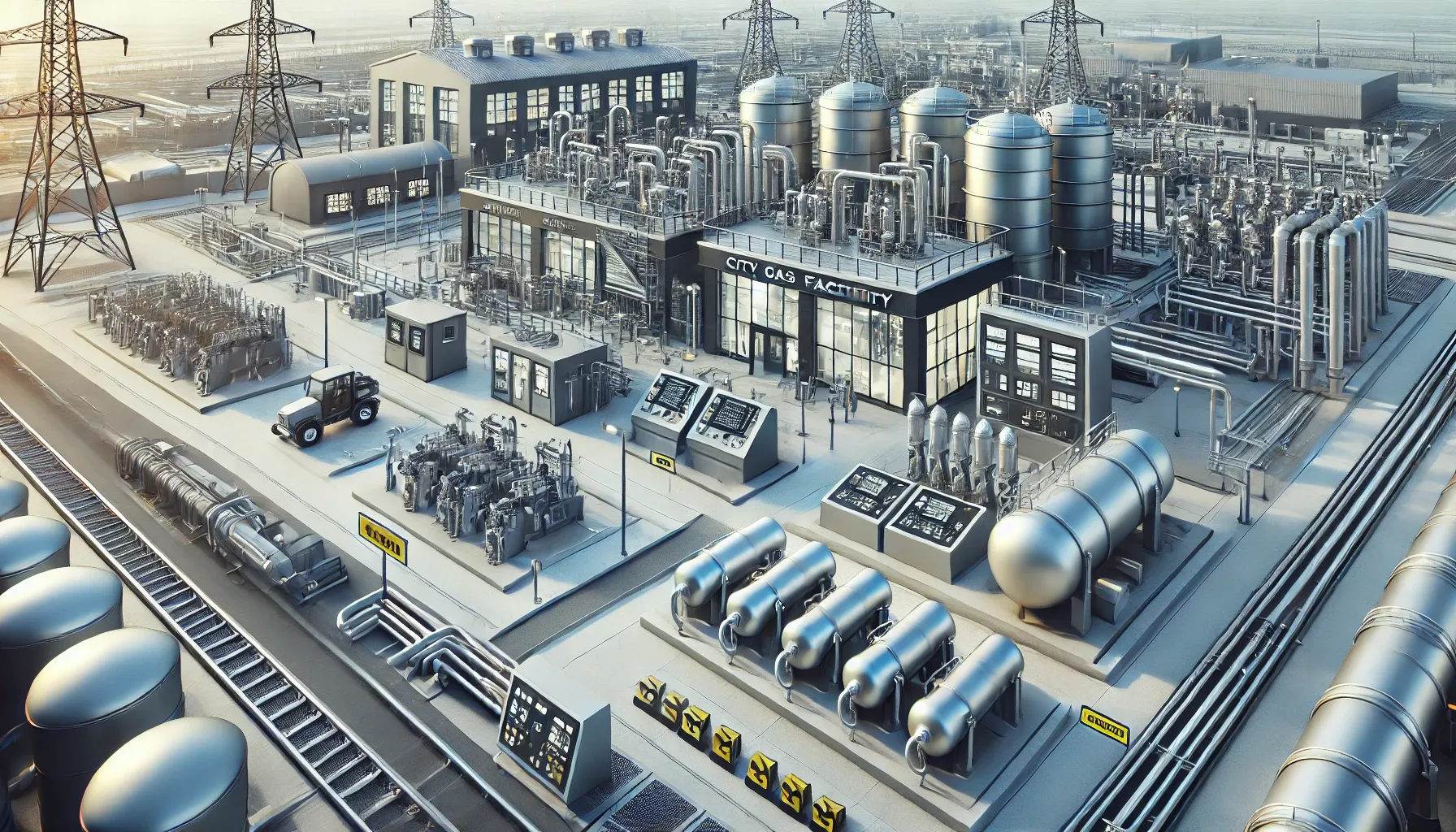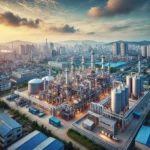Have you ever wondered about the essential components that make up city gas facilities? Are you curious about the specific facilities used for city gas, their safety features, and how they operate? In this article, we will explore city gas-specific gas use facilities, the key components of these facilities, and a comprehensive safety checklist for their operation.
City Gas Specific Gas Use Facilities
City gas, a common source of energy for urban areas, requires a carefully designed infrastructure to ensure its efficient and safe use. Specific gas use facilities play a crucial role in this, providing the necessary components for gas transportation, storage, and utilization. These facilities are designed to meet the high demand for gas in urban environments while ensuring safety, reliability, and environmental compliance.
Key Components of City Gas Use Facilities:
-
Gas Metering Stations: These facilities are responsible for measuring the volume of gas supplied to consumers. They ensure accurate billing and help monitor consumption patterns.
-
Regulating Stations: Gas pressure needs to be carefully regulated as it travels through pipelines. Regulating stations adjust the gas pressure to ensure it is suitable for safe use.
-
Gas Distribution Pipelines: These are the main arteries that transport gas from the main supply points to individual homes and businesses. The pipelines are made from durable materials designed to withstand high pressure and temperature.
-
Storage Tanks: In some systems, gas is stored in large tanks under high pressure to ensure a constant supply, even during peak demand periods.
-
Control Centers: These centralized locations oversee the operations of the entire gas distribution network. They monitor the gas supply, pressure levels, and any emergencies.
These facilities must be strategically located throughout the city to ensure the smooth distribution of gas. Their maintenance and monitoring are also crucial for preventing accidents and maintaining efficiency. Regular inspections and upgrades are essential for ensuring these facilities continue to meet the growing demands of urban populations.
To learn more about how these facilities work, click below for additional information.
Specific Gas Facility
A specific gas facility refers to any infrastructure dedicated to the handling, storing, or processing of gas. These facilities are designed to meet particular requirements, whether it’s the distribution of city gas, industrial gas supply, or the processing of natural gas. Each facility has its unique components and operational standards depending on its purpose.
Types of Specific Gas Facilities:
-
Gas Compression Stations: These facilities increase the pressure of the gas, enabling it to travel through long pipelines and reach distant locations.
-
LNG Terminals: Liquefied Natural Gas (LNG) terminals are specialized facilities where natural gas is liquefied for storage or re-gasified for transportation through pipelines.
-
Gas Purification Units: These facilities remove impurities from the gas to ensure it meets safety and quality standards before reaching consumers.
-
Emergency Shut-off Valves: Strategically placed valves are used to cut off the gas supply in case of a leak or other safety concerns.
-
Maintenance and Inspection Zones: Specific zones within a facility are dedicated to maintaining the infrastructure, including gas turbines, compressors, and other critical machinery.
Understanding these specific gas facilities is crucial for ensuring that the city’s gas supply is not only efficient but also safe and compliant with environmental regulations. These facilities help keep gas flowing smoothly while minimizing the risks associated with natural gas use.
Want to dive deeper into the different types of gas facilities and their functions? Click below to explore further.
City Gas Specific Use Facility Safety Checklist
Safety is paramount when dealing with any form of gas, especially in urban environments where the risk of accidents can have far-reaching consequences. A city gas-specific use facility must adhere to strict safety guidelines to ensure the safety of both workers and residents. The following checklist is designed to provide an overview of the key safety measures to be taken in such facilities.
Essential Safety Checklist:
-
Regular Inspections: Routine checks should be conducted on gas meters, pipelines, storage tanks, and other critical components to ensure they are in good condition.
-
Pressure Testing: Gas pipelines and equipment should undergo regular pressure tests to detect any leaks or weaknesses in the system.
-
Fire Prevention Systems: Facilities should be equipped with advanced fire suppression systems, including sprinklers, fire alarms, and emergency exits.
-
Gas Leak Detection: Sensors and alarms should be installed to detect gas leaks immediately, triggering emergency shutdown procedures.
-
Employee Training: Workers must be trained in emergency response, including how to evacuate the facility and how to deal with potential gas leaks or explosions.
-
Emergency Shutdown Systems: Every gas use facility must have an emergency shutdown system in place that can quickly isolate the gas supply in case of an emergency.
-
Environmental Protection Measures: Facilities must have systems in place to prevent gas from escaping into the atmosphere, contributing to pollution and safety hazards.
-
Safety Signage and Warnings: Clear, visible signage must be placed around the facility to warn of potential hazards, including flammable areas or areas with high-pressure equipment.
By following this checklist, city gas-specific use facilities can ensure that they operate with maximum safety, minimizing the risk of accidents and ensuring a reliable gas supply for residents.
To get a detailed guide on city gas facility safety, click below.
Conclusion
City gas-specific use facilities are the backbone of urban energy supply, providing gas safely and efficiently to millions of residents. From the initial gas metering to the final delivery through pipelines, every step is carefully controlled to ensure a smooth, uninterrupted supply. Safety remains a top priority, with regular inspections and stringent regulations governing each aspect of these facilities. Understanding the specific components and safety measures involved in city gas infrastructure allows both operators and consumers to appreciate the complexity and importance of these systems.
As we continue to innovate and improve our infrastructure, ensuring the safety and efficiency of city gas facilities will be key to meeting the energy demands of the future.






